Using unmoderated research with eye-tracking
Earlier this year we released the ‘Services and information’ page, a new way to access all services and information published by an organisation on GOV.UK.
Earlier this year we released the ‘Services and information’ page, a new way to access all services and information published by an organisation on GOV.UK.
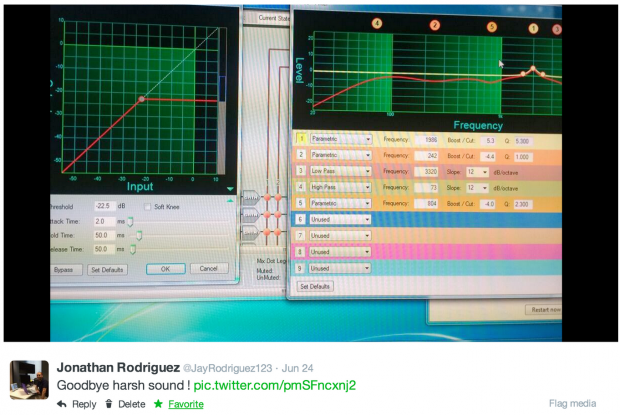
We had a couple issues with the sound in our lab's research studio - the space in which we research with users - which we’ve dramatically improved. In this post, I’ll share what was causing those problems and how we fixed them.
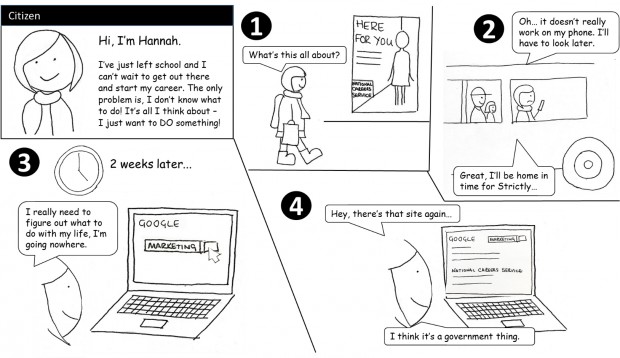
Cartoons are a great way to help your colleagues identify with your users, and you don’t have to be an artist to make them work.
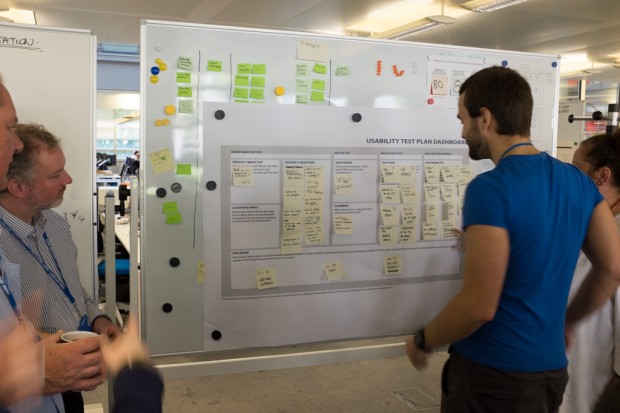
On a recent project in HMRC’s Digital Delivery Centre in Newcastle, we wanted to encourage everyone on the design team to get involved in planning the user research.
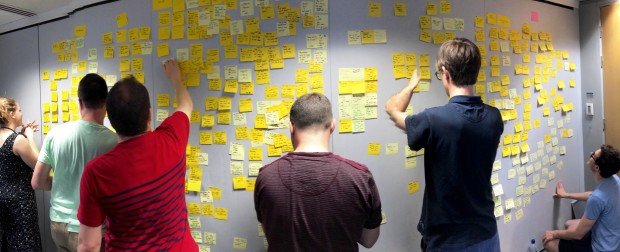
If you’re passionate about helping organisations see the world from the end users’ point of view, we'd love to hear from you.

If you want to make sure that people really get the message from your user research video clips, take the time to add subtitles.
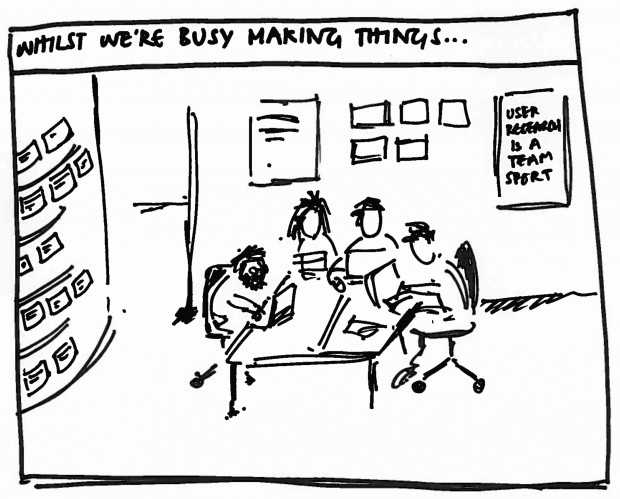
I've been thinking (and doodling).

For many of our teams, the 'unit of data' in qualitative user research is the sticky note - or, more precisely, units of information captured onto sticky notes.
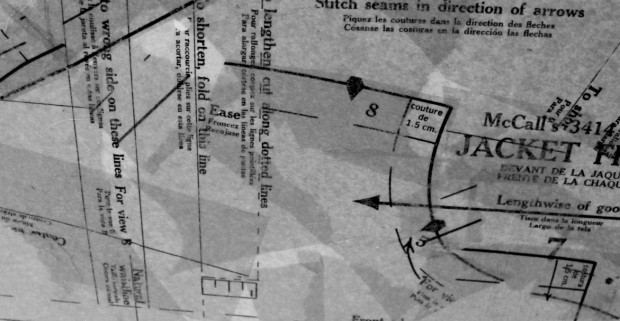
We’ve made our design patterns publicly available in the Service Design Manual, where anyone can take GOV.UK elements and combine them to meet common user needs when creating public services.
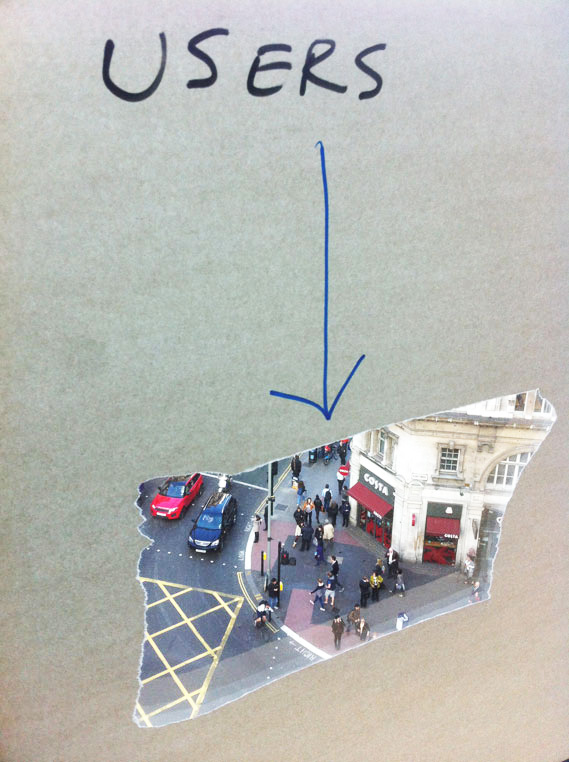
I’m working as a user researcher on GOV.UK Verify, the new way for people to prove they are who they say they are when using government services online.